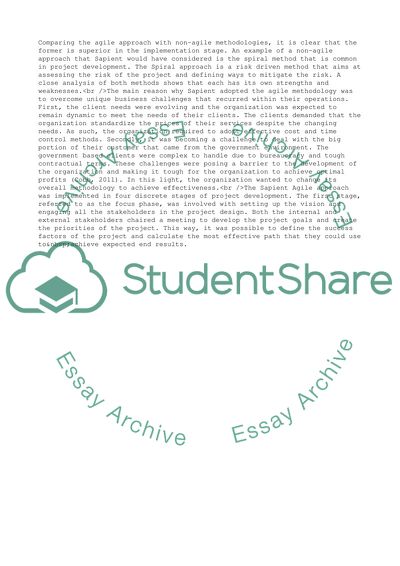Cite this document
(Agile Methodology in Sapient Case Study Example | Topics and Well Written Essays - 1500 words, n.d.)
Agile Methodology in Sapient Case Study Example | Topics and Well Written Essays - 1500 words. https://studentshare.org/management/1806521-agile-methodology-in-sapient
Agile Methodology in Sapient Case Study Example | Topics and Well Written Essays - 1500 words. https://studentshare.org/management/1806521-agile-methodology-in-sapient
(Agile Methodology in Sapient Case Study Example | Topics and Well Written Essays - 1500 Words)
Agile Methodology in Sapient Case Study Example | Topics and Well Written Essays - 1500 Words. https://studentshare.org/management/1806521-agile-methodology-in-sapient.
Agile Methodology in Sapient Case Study Example | Topics and Well Written Essays - 1500 Words. https://studentshare.org/management/1806521-agile-methodology-in-sapient.
“Agile Methodology in Sapient Case Study Example | Topics and Well Written Essays - 1500 Words”. https://studentshare.org/management/1806521-agile-methodology-in-sapient.


